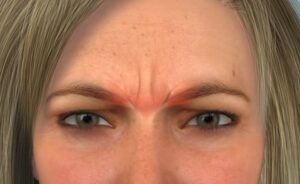About Cellulitis
What is it?
What causes it?
Common treatments?
The great news is cellulitis can be treated in many ways and depends on the type that you have. Your doctor will let you know the best way to get it under control, and quickly. Keeping the area clean and dry is a good idea until it’s treated properly. The area can be treated with oral or topical antibiotics, depending on the severity. The Center for Dermatology and Plastic Surgery offers comprehensive support and advanced treatments for every skin type.



